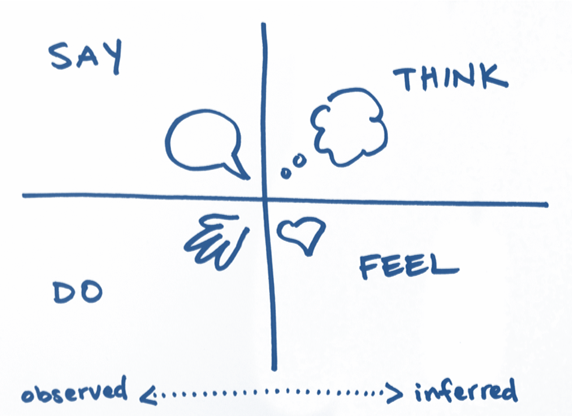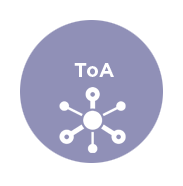The 1960s brought great change to the education landscape, including desegregating school systems to offer equal opportunities and access to superior education to students of every race and socio-economic level. The very first “super” high school was in Dallas, Texas in 1971. Designed around the concept of career strands, Skyline High School attracted students of all kinds – rich, poor, Hispanic, African American, Asian, white – from all over the city. The Performing and Visual Arts School “worked like a ‘magnet’ in attracting students.” By 1975, the term “magnet school” had caught on.
Since then, magnet schools have been critical to school district efforts to:
1. Implement voluntary desegregation plans
2. Address court desegregation orders
3. Provide choice within the public school system
4. Improve the achievement of all students, particularly under-resourced students
The single largest form of public school “choice,” magnet schools are visionary and innovative. With 4,340 schools educating more than 3.5 million students nationwide, magnet schools have emerged as educational beacons in communities. These schools incorporate themed curricula, hands-on and experiential learning for a diverse tapestry of students meeting academic requirements that often exceed those of the school district or state.
Magnet schools offer a wide range of distinctive education programs. Some emphasize academic subjects such as math, science, technology, language immersion, visual and performing arts, or humanities, and others use specific instructional approaches, such as Montessori methods, or approaches found in International Baccalaureate programs, dual-enrollment or early college programs. In addition to varying in theme, magnet schools also vary in structure (whole-school magnets versus programs within a school), model (“traditional” magnets versus “destination” magnets), and target population (neighborhood students versus students from outside the magnet neighborhood).
The educational themes that some magnet schools focus on include:
- Science, Technology, Engineering and Mathematics (STEM)
- Fine and Performing Arts
- International Baccalaureate, International Studies
- Career and Technical Education (CTE) and
- World Languages (immersion and non-immersion)
Magnet Schools are founded on five synergistic pillars: Diversity, Innovative Curriculum and Professional Development, Academic Excellence, Leadership, and Family and Community Partnerships.
1. Diversity is a cornerstone to offering students a global educational experience. Schools, through recruitment and lotteries, strive to include student populations that are reflective of the community. Culturally competent educational environments model empathy, respect and working collaboratively with a variety of persons.
2. Innovative Curriculum and Professional Development are developed to assure theme-based relevant instruction to students. Effective teaching strategies and emulating best practices are implemented through the school’s theme. Curriculum is based on high-quality rigorous standards that prepare students for higher education and career success.
3. Academic Excellence is demonstrated through a commitment to multidimensional instruction focused on student needs. Multiple assessment strategies are employed to monitor student learning, progress and success. High expectations are clearly articulated, and personalized supports are in place to address the interests and aspirations of all students. In addition, positive peer support, an outgrowth of mixing students who come from middle- and low-income backgrounds, is instrumental in encouraging students to dream big and be engaged in school.
4. Leadership is rooted in well-prepared, well-educated professional educators. Teachers and administrators who are student-centered, collaborative and inquisitive prepare learners to be world ready, workforce ready and higher education ready. Strong magnet programs translate into ever-evolving, ever-improving instructional systems.
5. Family and Community Partnerships are mutually beneficial; offer a system of support, shared ownership and a caring spirit; and are designed to enhance a theme-integrated educational environment. Partnerships with parents are essential for a rich educational experience for students. Community partnerships include a diverse array of stakeholders such as business, health and human services, and policymakers to support the education of all students and offer a real-world view toward the future.
Create an Empathy Map
An empathy map is a collaborative visualization to articulate what we know about a particular person, group or idea. It externalizes knowledge to clarify and create shared understandings.
1. Watch one or more of the videos listed above or another video that shows a magnet school in action. You will have to show the video more than once for participants to write their ideas.
2. Individually generate sticky notes for each quadrant listed below describing what is occurring in the video(s) that demonstrate the five Magnet School Pillars:
- Say – What are the people “saying” or talking about in relation to the Pillars?
- Do – What are the people “doing” that demonstrates the Pillars?
- Feel – What do you believe people are “feeling” that relates to the Pillars?
- Think – What do you “think” YOU could do to strengthen your school or Magnet program?
3. Once individual sticky notes are done, have participants share their comments and ideas with a shoulder buddy.
4. After each team member shares, each should post the sticky notes to align to the four quadrants (see graphic below).
5. Next, have participants discuss the sticky notes for each quadrant.
6. If time allows, have team members add more sticky notes to the quadrant map based on thoughts or ideas generated during the share-out.
7. Converge to cluster and synthesize the sticky notes.
- In this step, the team moves through the stickies on the board collaboratively and clusters similar notes that belong to the same quadrant.
- Name your clusters with themes that represent each group (for example, “recruitment,” “innovation” or “student-centered”).
- Repeat themes in each quadrant if necessary. The activity of clustering facilitates discussion and alignment – the goal being for all team members to arrive at a shared understanding of the characteristics and attributes of a strong magnet program.
8. Once your empathy map is clustered, you can begin to share and align your ideas across the quadrants.
- What themes were repeated in all the quadrants?
- What themes only exist in one quadrant?
- What gaps exist in our understanding?








